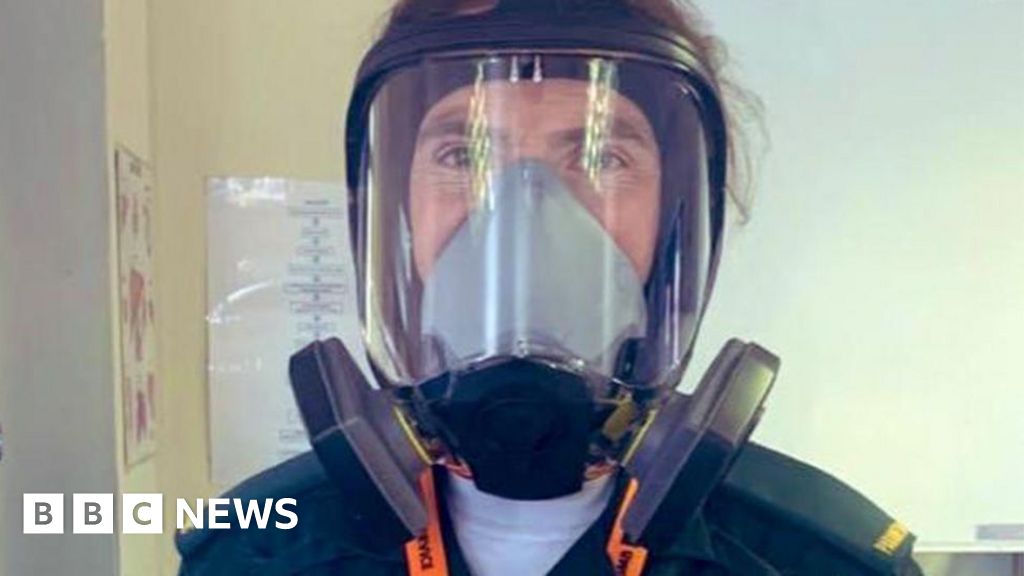There are several known sleeping disorders that are commonly diagnosed in people. One of which is sleep apnea. This disorder happens when a sleeping person experiences several pauses in breathing or indicates shallow taking in of air. Usually, breathing pauses involved could last a few seconds to even several minutes. In most cases, such breathing pauses happen about 10 to 30 times (sometimes more) in just an hour. This is the reason why many people are very much alarmed when they incur this sleeping disorder.
In reality, sleep apnea is usually considered as chronic or ongoing. It is a condition that often leads to disrupted sleep and could happen in a person for about three or sometimes more nights every single week. The affected person often suddenly moves out of deep sleep and goes into a very light sleep as breathing pauses or becomes very shallow. It is also observed that when the person resumes normal breathing after a sleep apnea attack, he creates a loud choking sound or snort.
Needless to say, sleep apnea is resulting to poor quality sleep, making the person tired and restless all day. The condition has been identified by experts as among the main causes of inevitable and excessive daytime sleepiness. Contrary to what others usually think, sleep apnea is not normal. It could be very risky.
Often, the disorder goes undiagnosed. No doctor could ever detect the condition upon patient consultation or visit. It is not detected through blood tests. In fact, most people who are affected by sleep apnea are not aware that they have the condition during their sleep. It is usually a bed partner or a close family member who first notices manifestations and symptoms of sleep apnea. This is the reason why it is considered very dangerous, especially if its sufferer is often sleeping alone.
There are even several types of sleep apnea. The most common of such kinds is what is called as obstructive sleep apnea. It is noted that when the condition happens, the airway collapses or gets blocked during sleep. This blockage may lead to breathing pauses or shallow breathing. Loud snoring is produced when air squeezes past this blockage. Obstructive type of sleep apnea is often manifested by overweight people, though experts warn that it could also likely affect anyone.
Another type of sleep apnea is what is called as central sleep apnea. It is a less common kind of this sleep disorder. It happens when the specific brain area that controls breathing fail to send correct signals to breathing muscles during sleep. The result: the affected person makes no effort to breathe during sleep, but only for just a few seconds. In many cases, central sleep apnea combines with the obstructive type. In some people, central sleep apnea could occur solely. Unlike in obstructive type, snoring is not common to people experiencing central sleep apnea.
There are other factors to consider when looking at sleep apnea. First, it has been found that the condition could raise the risk for heart attacks, stroke, hypertension, diabetes, and obesity. It could also increase risks for heart failure.
There is of course irregular heartbeats and there is a risk that the affected person may experience driving or work-related accidents, probably due to lack of sleep or sleepiness.


